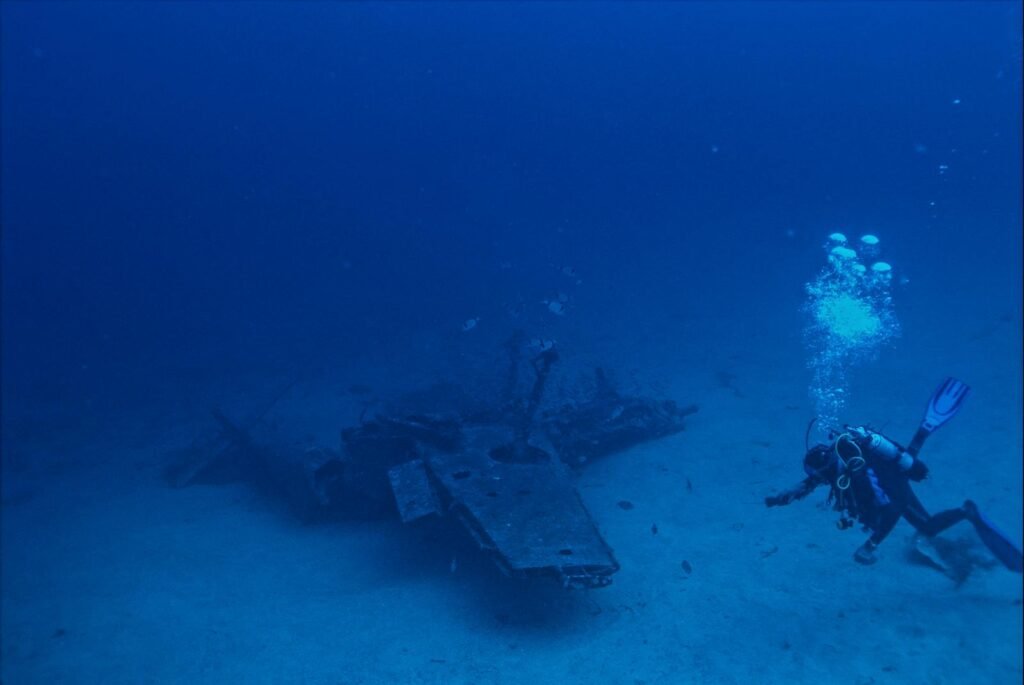Imagine standing on a sunny beach, gazing at the endless blue horizon. It’s easy to think the mysteries of our past are buried beneath ancient soil or locked away in jungle ruins. But what if I told you the greatest secrets of human history actually rest deep beneath the waves? The vast, dark ocean is not just a realm for fish and whales—it’s a graveyard for entire settlements, cities, and civilizations lost to time. Underwater archaeology is only scratching the surface of what lies below, and the discoveries waiting to be made could reshape everything we know about humanity’s story.
The Sea’s Relentless Power: How Civilizations Vanish Beneath Waves
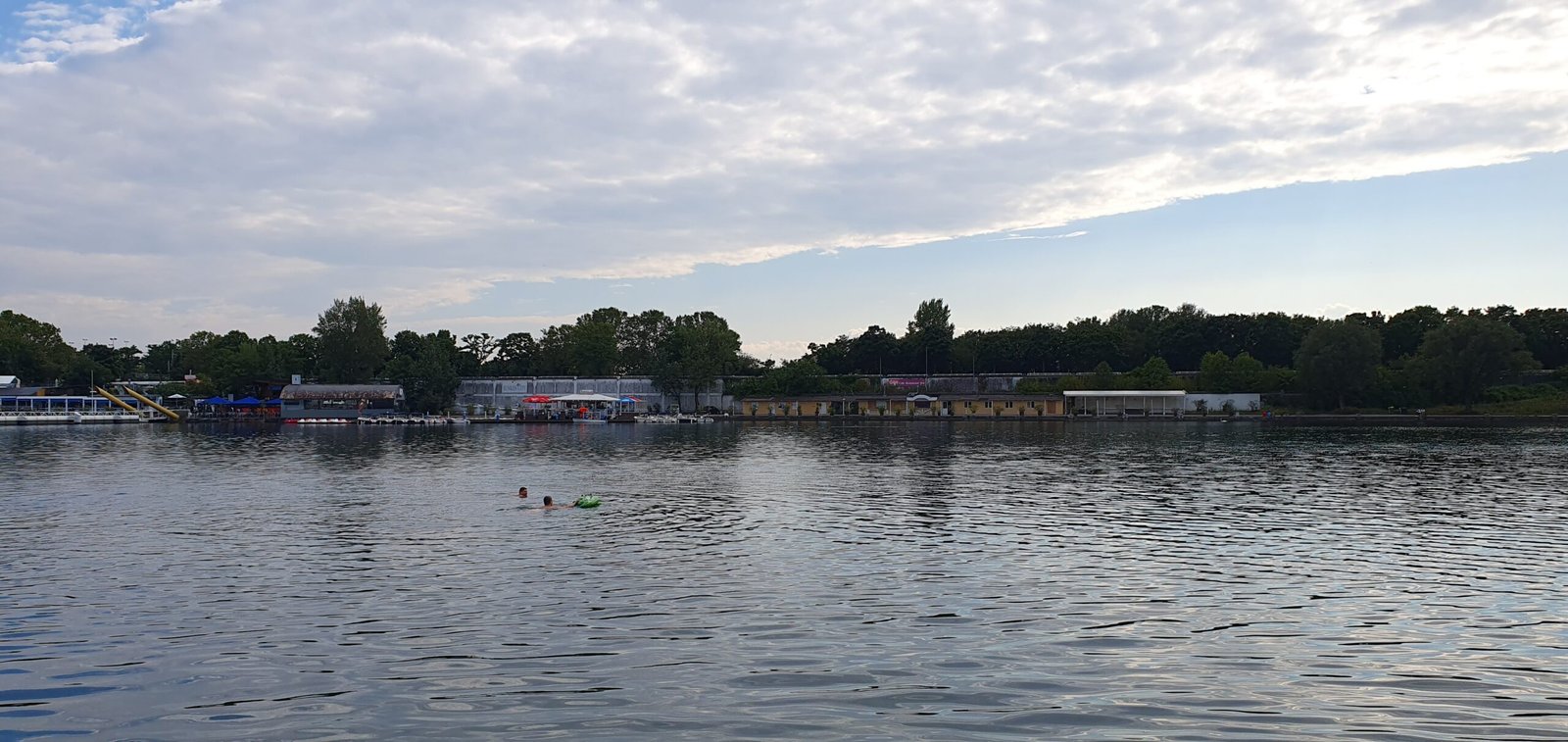
Water is a force that shapes and reshapes the world. Over centuries, coastlines shift, rivers change course, and rising seas swallow land whole. Imagine an ancient village, thriving on what was once the shore. A few centuries and one storm too many, and that village is gone—swallowed by the relentless ocean. This isn’t science fiction. It happened in places like Doggerland, a region that once connected Britain to Europe, now hidden beneath the North Sea. Rising sea levels, earthquakes, and tsunamis have all played a part in erasing entire landscapes, leaving only traces for those brave enough to search the depths.
Lost Cities and Forgotten Ports: Legends Come to Life
Legends of sunken cities have haunted human imagination for millennia. Tales of Atlantis or the submerged city of Heracleion sound almost mythic, but underwater archaeology has shown that lost settlements are not just the stuff of stories. In 2000, the ruins of Heracleion were discovered off Egypt’s coast, complete with statues, temples, and even streets. These real-life discoveries show that the ocean is filled with abandoned cities, some waiting to be found, others still rumored in local folklore. Every new find brings a rush of excitement—like walking into a time machine and seeing history come alive.
Shipwrecks as Time Capsules: Preserving the Past Underwater
When ships sink, they become frozen moments in time. Unlike ruins on land, shipwrecks often preserve cargo, tools, and personal belongings, protected by cold, dark water. Take the Swedish warship Vasa, brought up almost intact after 300 years beneath the sea, revealing secrets of 17th-century life. Or the Antikythera wreck, where divers found the world’s oldest analog computer. Each shipwreck is a time capsule, offering a snapshot not just of disaster, but of daily life, technology, and trade in eras long gone.
The Science of Underwater Detection: Seeing What Eyes Cannot
Exploring the ocean’s graveyard isn’t as simple as taking a swim with a flashlight. Visibility is often zero, currents are treacherous, and structures are buried under layers of sand. Enter technology: sonar mapping, magnetometers, and underwater drones are revolutionizing the hunt. These tools send pulses through water and mud, creating maps of what’s hidden below. With each technological leap, more of the ocean’s secrets become visible. It’s a bit like sonar turning the ocean floor into a giant X-ray, revealing settlements, shipwrecks, and ancient harbors.
Astonishing Discoveries in Shallow Waters
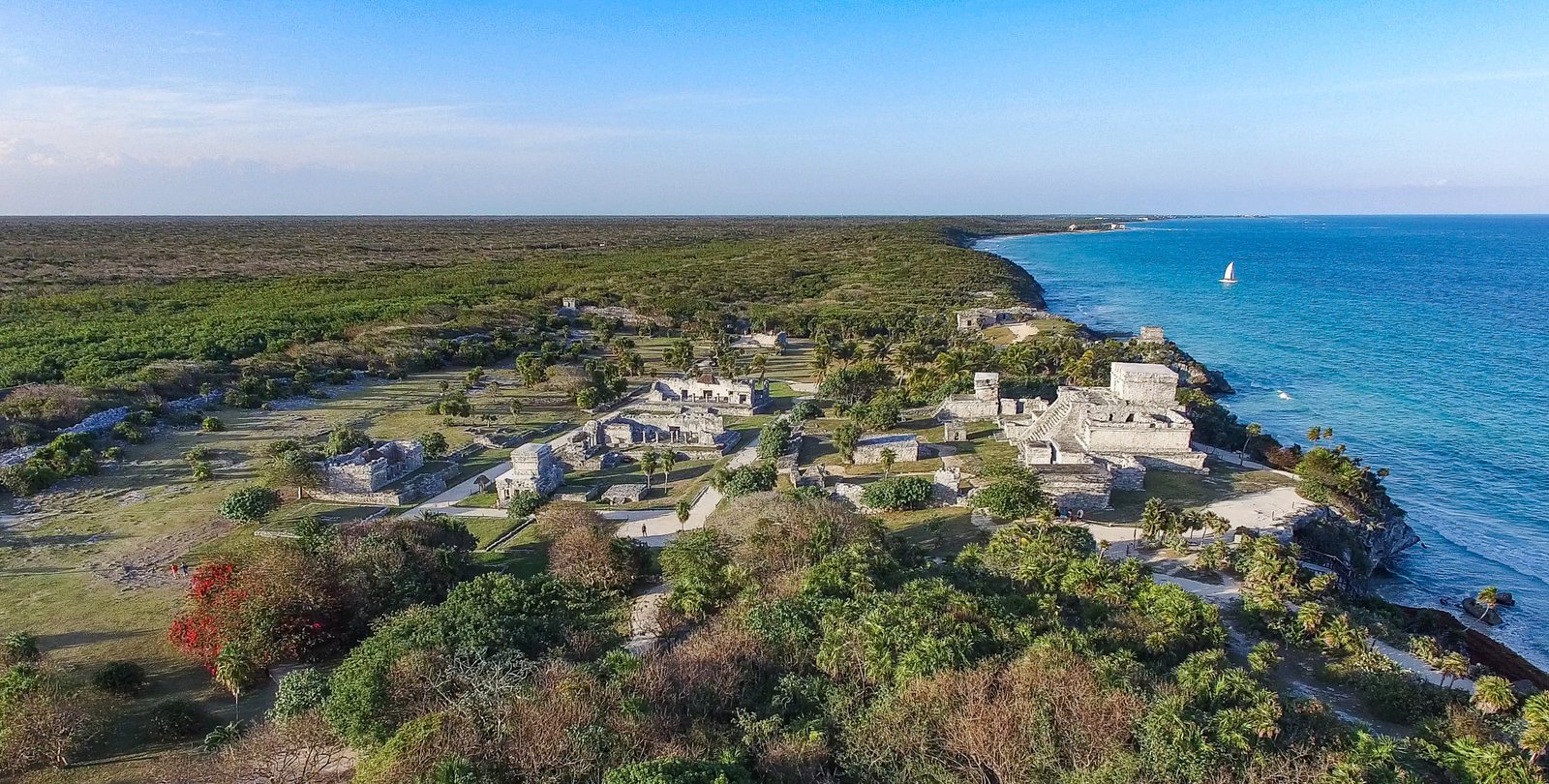
Some of the most thrilling finds aren’t in the deep abyss but just offshore, where ancient coastlines once stretched. Take Pavlopetri, off Greece, a 5,000-year-old city lying just a few meters beneath crystal-clear waves. Researchers have mapped streets, houses, and even tombs using snorkels and underwater scanners. These shallow-water sites are windows into Bronze Age life, showing how people built, lived, and interacted with the sea. They remind us that the everyday lives of ordinary people can be as fascinating as the grandest myths.
The Deep Sea: The Final Frontier of Human History

Most of the ocean remains unexplored, a vast black void that covers two-thirds of our planet. Deep-sea archaeology is just beginning, hindered by crushing pressure and icy darkness. Yet, every time a submersible descends, it has the potential to stumble upon something miraculous—a Roman galley, a lost trading post, or maybe even an entire city. The deep sea is the last great wilderness for archaeologists, and it could hold more secrets than all the deserts and mountains combined.
Climate Change and the Race Against Time
As the climate warms, rising seas and intensifying storms threaten what’s left of underwater sites. Ancient wrecks are being battered by stronger currents, and some submerged cities are disappearing beneath shifting sands. Archaeologists are in a race against time to document, protect, and sometimes even lift precious relics before they’re lost forever. It’s a daunting challenge—like trying to save a sandcastle from the incoming tide—but it also adds urgency and passion to every dive.
The Role of Advanced Robotics and Artificial Intelligence
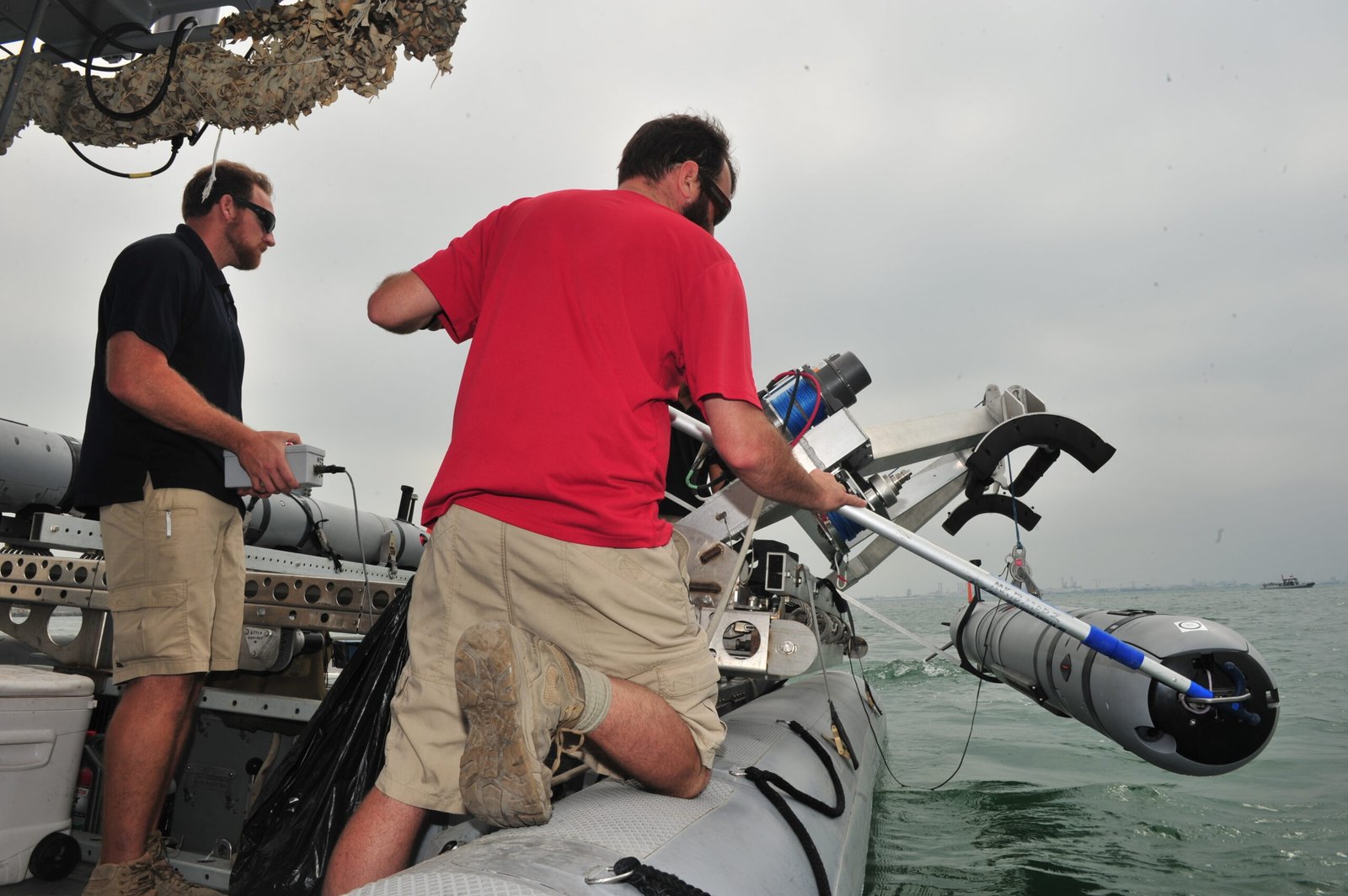
Human divers can only go so deep and for so long, but robots and AI-powered submarines are changing the game. These machines can scour vast stretches of ocean floor day and night, collecting data and images. AI can analyze patterns, spot anomalies, and even suggest where to look next. This partnership between human curiosity and machine precision is unlocking discoveries that would have been impossible a decade ago. You might say robots are becoming the new underwater detectives, tirelessly searching for clues to our past.
Underwater Museums: Bringing Sunken Worlds to Life
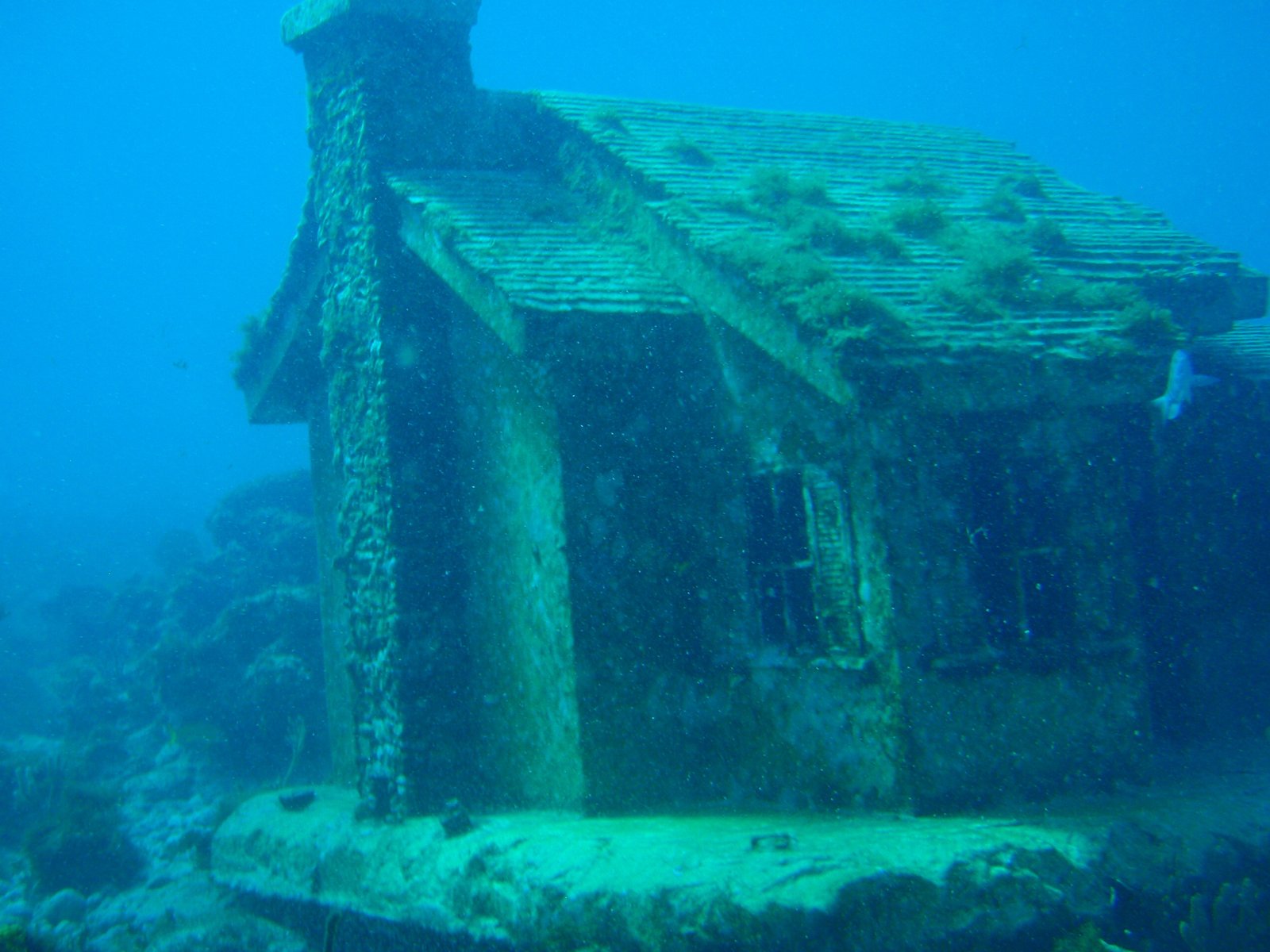
What happens after something amazing is found? Increasingly, underwater sites are being protected and even turned into museums. Divers can visit shipwrecks marked with underwater plaques, while virtual reality brings these sites to anyone with a headset. Places like the Underwater Museum of Art in Mexico and the submerged statues of Baiae, Italy, let people experience history in a way that’s both immersive and respectful. It’s as if the ocean itself has become a museum—one you can swim through.
Ancient Trade Routes and Global Connections
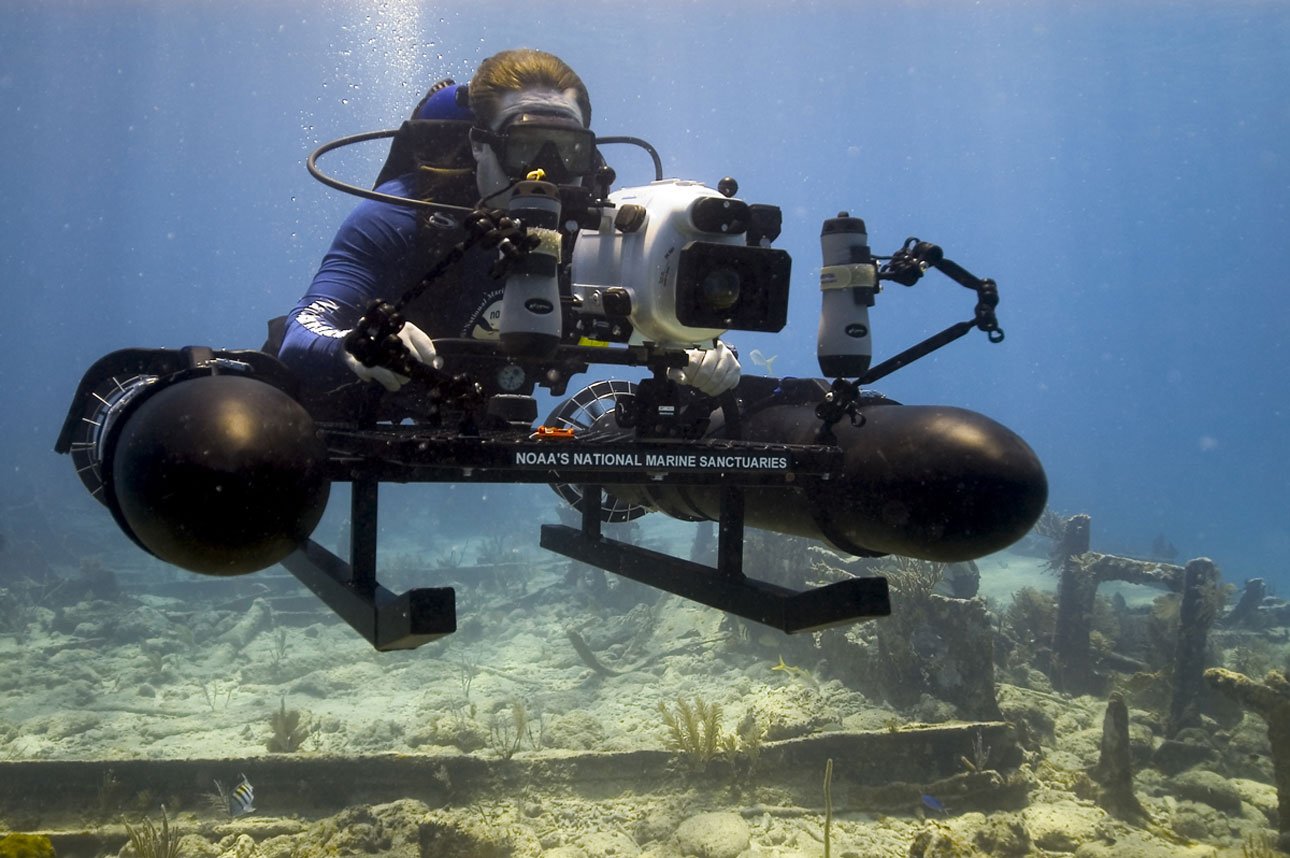
The sea was the first great highway, connecting civilizations long before people could cross mountains or deserts with ease. Underwater archaeology has uncovered amphorae from Greece off the coast of Spain, Chinese porcelain in East African waters, and Roman anchors scattered across the Mediterranean. Each find tells a story of trade, migration, and cultural exchange. It’s like finding ancient postcards sent across generations, reminding us that the world has always been more connected than we imagine.
Submerged Landscapes: More Than Just Cities
It’s not just cities and ships that lie beneath the waves. Entire landscapes—forests, fields, and river valleys—have been swallowed by the sea. Off the coast of Florida, scuba divers can swim among ancient cypress stumps in the Gulf of Mexico, remnants of a prehistoric forest. In the Black Sea, researchers found perfectly preserved landscapes, including shorelines and riverbeds, untouched for millennia. These submerged lands offer clues about how our ancestors lived and adapted to changing environments.
Buried Treasures and the Lure of Sunken Wealth
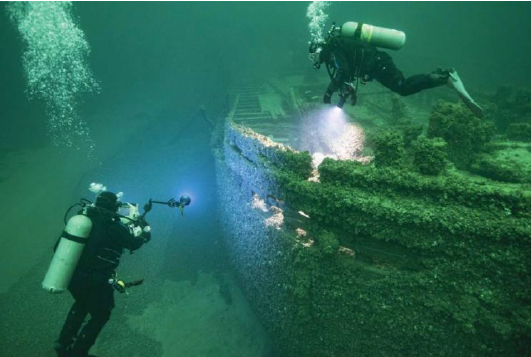
The promise of gold, jewels, and mysterious relics has always drawn adventurers to the ocean’s depths. Stories of treasure fleets lost in storms, like Spain’s 1715 Treasure Fleet, fuel dreams of fortune. While the real value of underwater finds is often historical rather than monetary, the allure of buried treasure still inspires explorers and sometimes even leads to legal battles over ownership. It’s a reminder that the ocean’s graveyard holds not just history, but also drama and intrigue.
Challenges of Preservation: Salt, Pressure, and Time
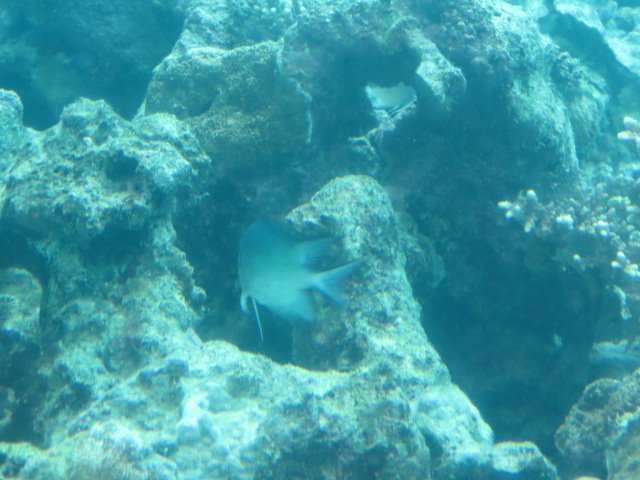
The ocean is both protector and destroyer of what it holds. Saltwater corrodes metal, organisms eat away at wood, and shifting sands can crush delicate structures. Preserving underwater discoveries is a constant battle against nature. Scientists use advanced techniques—like chemical treatments and 3D scanning—to conserve artifacts. Despite the challenges, many finds remain astonishingly well-preserved, offering a glimpse into the past that’s sometimes clearer than anything found on land.
Unsolved Mysteries and Ongoing Debates
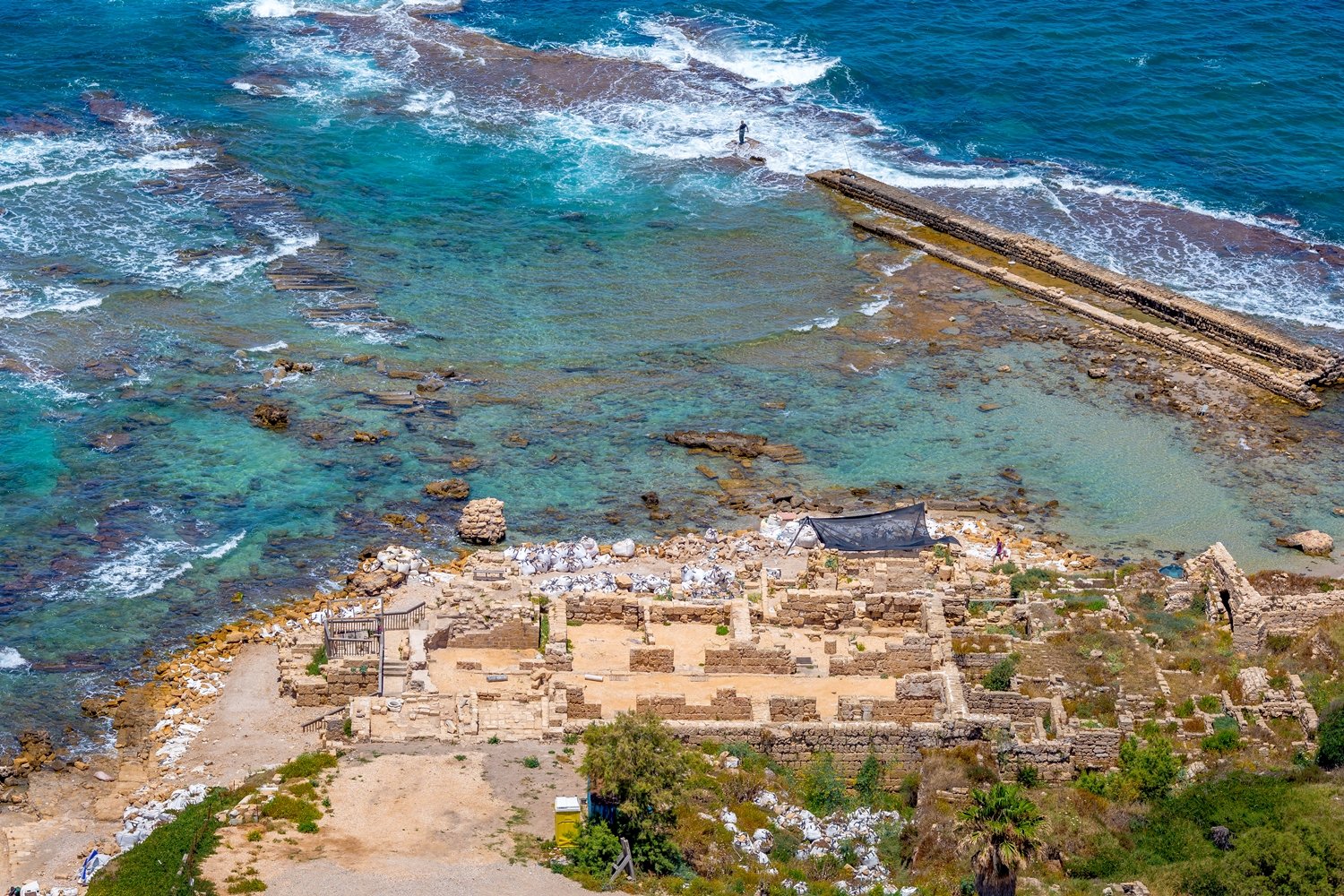
Not every underwater discovery comes with easy answers. Was a sunken structure off Japan’s coast built by humans or shaped by nature? Do strange stone circles in the Baltic Sea mark ancient rituals or just odd geology? Underwater archaeology is filled with mysteries that spark debate among scientists and the public alike. These puzzles keep the field fresh and exciting, inspiring new generations to dive in and seek the truth.
Collaboration Across Borders: An International Effort
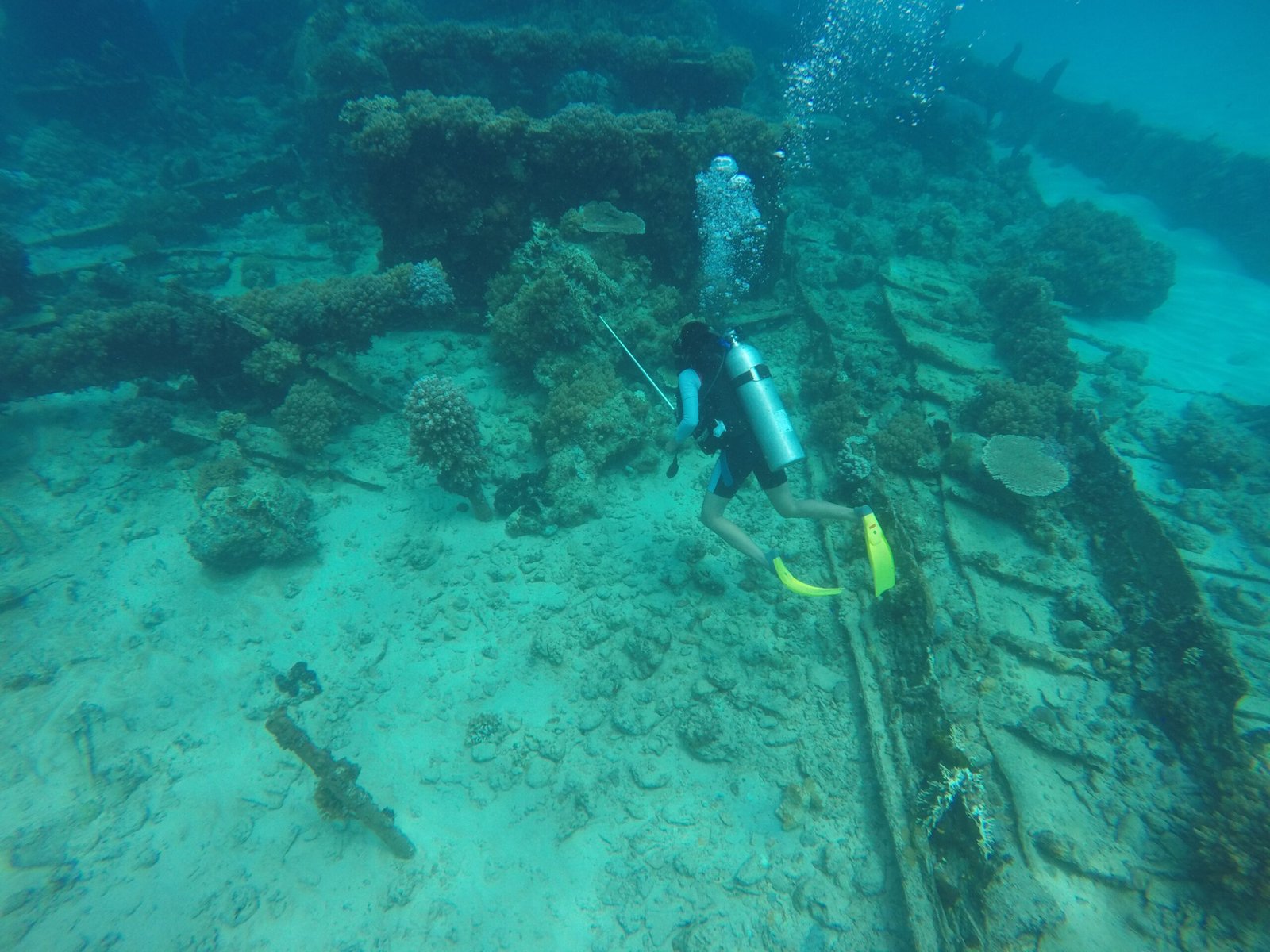
The ocean doesn’t care about borders, and neither does underwater archaeology. Teams from all over the world cooperate to map, study, and protect submerged sites. International agreements help safeguard heritage from looters and treasure hunters. This spirit of collaboration means discoveries are shared, not hoarded, and knowledge spreads far beyond any one nation. It’s a global quest, uniting people in the search for our shared past.
Underwater Forensics: Piecing Together Human Stories
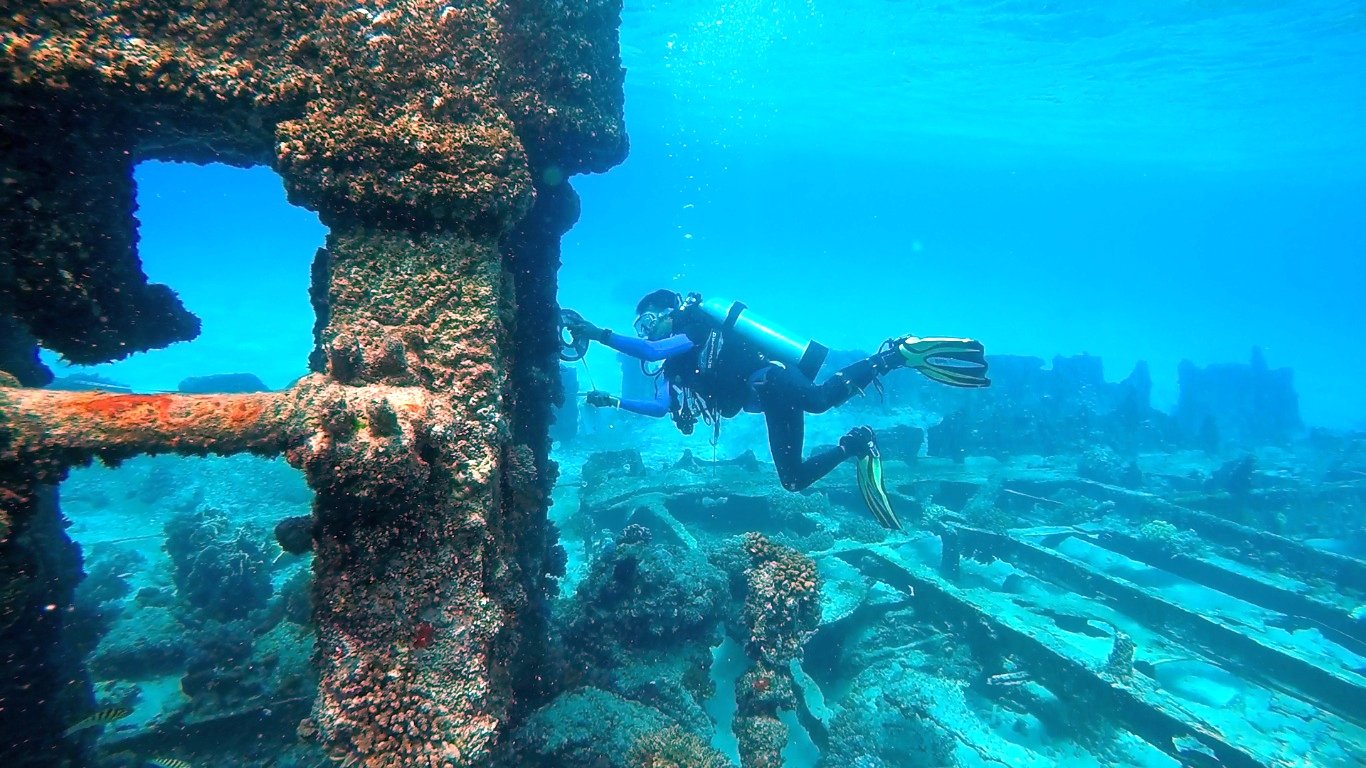
Some sites hold more than objects—they hold the remains of those who once lived, sailed, or died at sea. Underwater forensics blends archaeology with biology, examining bones, teeth, and even DNA. Each skeleton is a silent witness, telling stories of daily life, tragedy, or even heroism. In some cases, researchers have identified individuals lost at sea centuries ago, giving families closure and turning anonymous victims into remembered people.
Education and Public Engagement: Inspiring the Next Generation
The wonders of underwater archaeology aren’t just for scientists. Documentaries, museum exhibits, and even video games bring the excitement of discovery to everyone. Schools run programs where kids build model shipwrecks or map ancient coastlines. By making the past relatable and hands-on, underwater archaeology sparks curiosity and imagination in young minds. It’s about turning history from dusty books into living adventure.
Conservation vs. Curiosity: The Ethics of Exploration
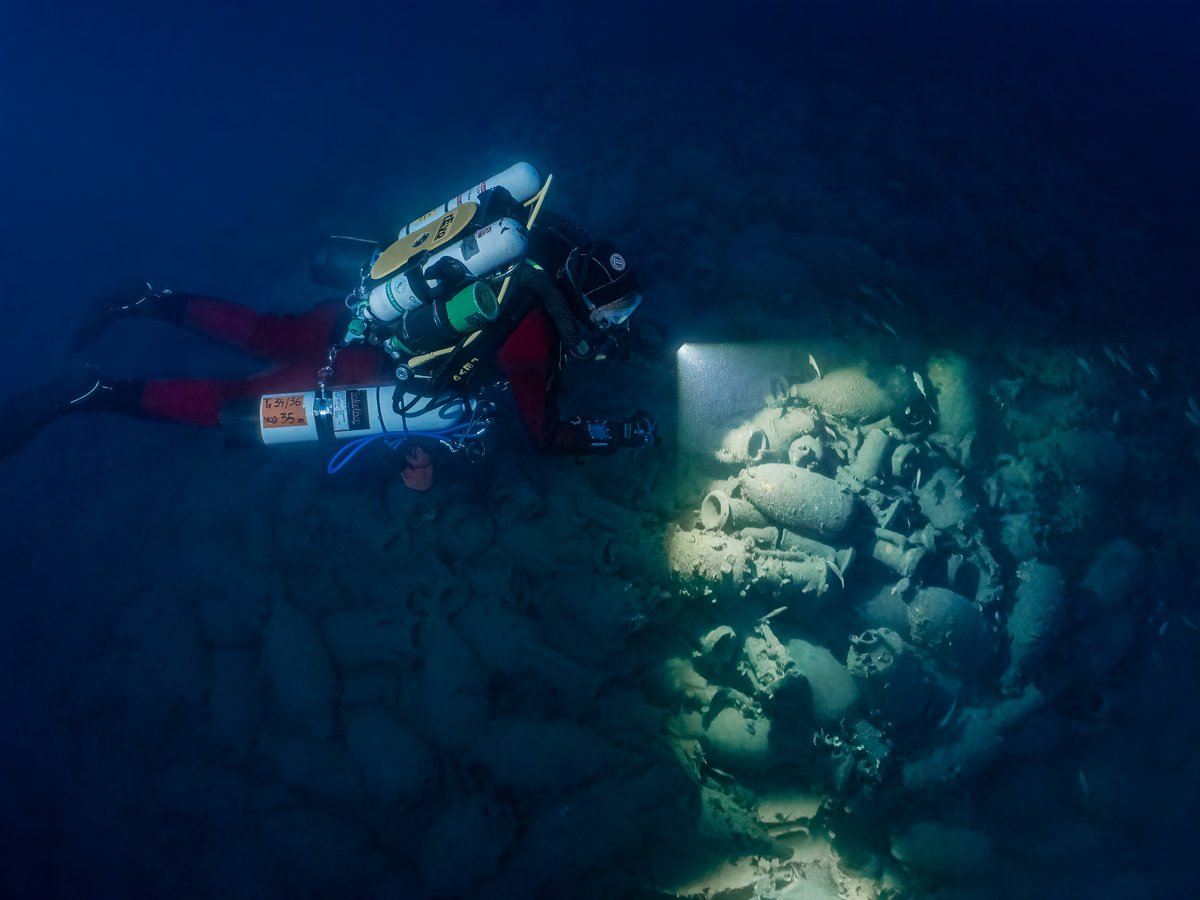
Every discovery presents a dilemma: should we excavate, risking damage, or leave sites undisturbed for future generations and better technology? Ethical questions loom large. Some argue for “look, don’t touch” policies, while others say careful study is vital before sites are lost forever. These debates shape the future of underwater archaeology, ensuring that exploration remains responsible and respectful.
Personal Reflections: Awe, Wonder, and the Human Spirit
There’s something deeply moving about gazing into the blue and realizing it hides whole worlds. I remember my first dive over an ancient wreck—the eerie silence, the feeling of floating through history. It’s humbling to know we’re just visitors, glimpsing fragments of stories that began long before us. The ocean’s graveyard is a place of wonder and warning, a reminder of our fragility and our endless curiosity.
The Ocean’s Hidden Promise: What Lies Ahead
With every passing year, new technology, fresh ideas, and bold explorers push the frontier of underwater archaeology further. The ocean’s graveyard of settlements is far from empty—it’s a treasure trove waiting for those willing to dive deeper, look closer, and ask the right questions. As we uncover these lost worlds, we may finally piece together the epic puzzle of humanity’s journey. What secrets will the next dive reveal?

